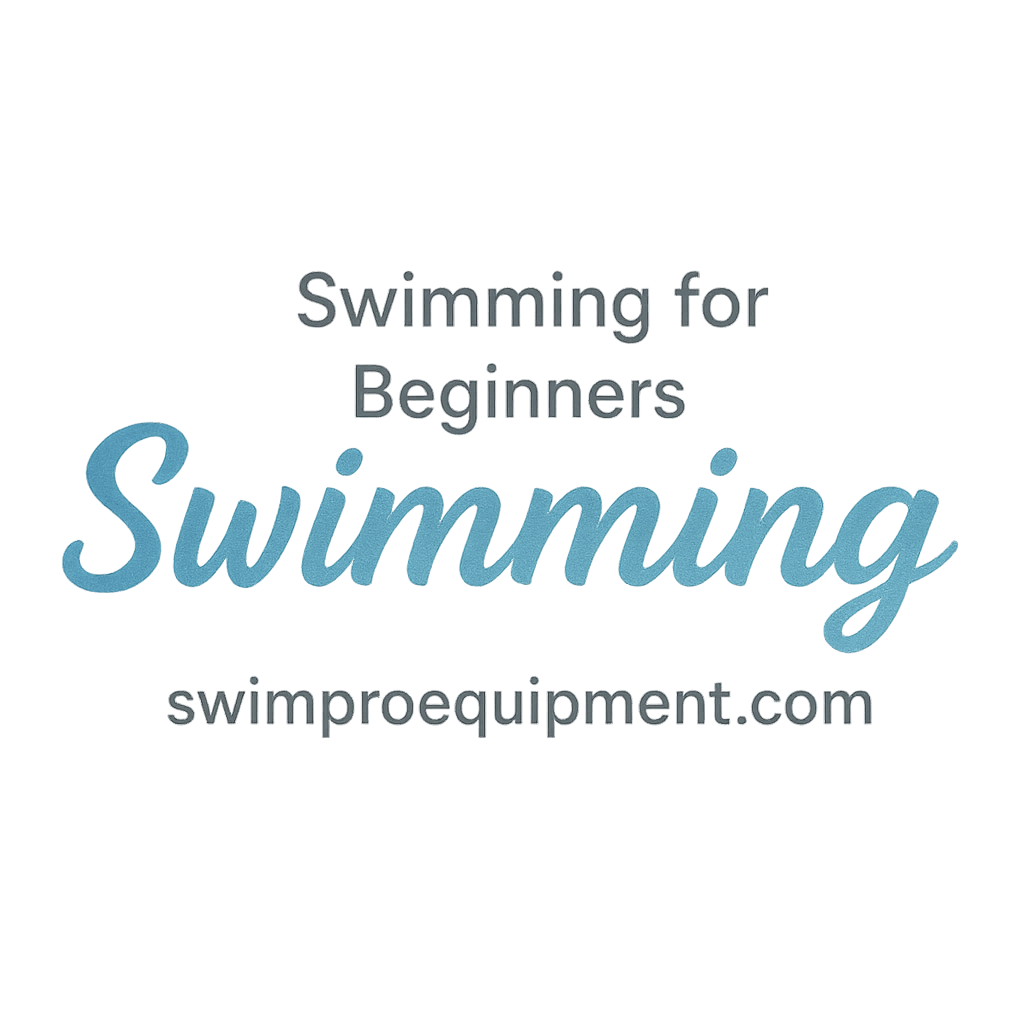Swimming is one of the most effective full-body workouts, but like any skill, it requires consistent practice to truly excel. Whether you’re a beginner or an experienced swimmer, improving your technique can make a world of difference in your performance. In this article, we’ll discuss six daily swimming practices that can significantly enhance your technique. Let’s dive in!
Why Consistency is Key in Swimming Technique
When it comes to swimming, consistency is everything. Practicing swimming daily can help you develop better muscle memory, improve endurance, and refine your stroke mechanics. As with any sport, repetition leads to improvement—your body will start to adapt to the movements, making them feel more natural over time.
The Role of Muscle Memory in Swimming
Muscle memory plays a crucial role in swimming. The more frequently you practice, the more your muscles “remember” the correct motions, whether it’s the proper arm stroke, breathing technique, or body alignment. Consistency allows you to embed these techniques into your routine, reducing the need for conscious effort and leading to smoother, faster swimming. This is where the real power of daily practice shines.
Practice 1: Focus on Body Position
Maintaining the right body position in the water is essential for efficiency. A poor body position can slow you down and tire you out more quickly. By keeping your body aligned properly, you’ll reduce drag, allowing for faster and more effortless movement.
How to Maintain Proper Body Alignment
Your body should remain as streamlined as possible while swimming. To achieve this, make sure your head is in line with your spine and that your hips are lifted slightly. Avoid sinking your legs, as this creates unnecessary resistance. Keep your body straight, and try to maintain a flat horizontal position, with your body forming a gentle, relaxed line in the water.
Common Mistakes to Avoid
One common mistake swimmers make is looking too far up or too far down. This disrupts your body alignment. Keep your head neutral, looking straight ahead, or slightly down, as this will help keep your body in a better position.
For more on the correct body position and swimming posture, you can check out Swimming Basics & Techniques.
Practice 2: Mastering Breathing Techniques
Breathing is often an underrated aspect of swimming, but it plays a huge role in your performance. If you’re holding your breath or not exhaling properly, it can lead to fatigue and poor swimming efficiency.
Inhale, Exhale, and Stay Relaxed
Proper breathing is essential. Inhale deeply through your mouth when your head turns to breathe, and exhale slowly and steadily through your nose when your face is submerged. Try to maintain a relaxed breathing pattern to prevent anxiety and unnecessary energy loss.
How Breathing Affects Speed and Stamina
Good breathing techniques help improve oxygen delivery to your muscles, preventing early fatigue. Efficient breathing ensures your muscles stay energized and perform at their best, helping you maintain a steady pace throughout your swim.
For more on improving your breathing and stamina, check out Motivation & Progress for Swim Learners.
Practice 3: Improve Your Arm Technique
Your arms are your primary means of propulsion in swimming, so mastering arm strokes is key. Whether you’re swimming freestyle, breaststroke, backstroke, or butterfly, efficient arm movement can make or break your technique.
Hand Entry and Pull Technique
Proper hand entry into the water and the pulling motion are vital. In freestyle, for example, aim for a high elbow as you reach forward with your hand. When pulling, keep your arm close to your body and use the strength of your whole body to push yourself forward.
Common Arm Technique Mistakes
A common mistake is crossing your arms in front of your body, which can cause resistance and slow you down. Focus on keeping your strokes wide and smooth to ensure maximum propulsion and minimal drag.
Learn more about arm movements and stroke techniques in Swimming Technique.

Practice 4: Build Core Strength and Stability
A strong core is essential for good swimming technique. It helps you maintain proper body alignment and reduces drag in the water.
Core Exercises for Swimmers
Incorporate core-strengthening exercises into your daily routine. Planks, leg raises, and Pilates exercises are all excellent for improving your core stability. A strong core will help you maintain balance, streamline your body position, and swim more efficiently.
The Benefits of a Stable Core
A stable core improves your overall swimming form, reducing the risk of injury and fatigue. It also helps you maintain a steady pace, especially during longer swims.
Practice 5: Work on Kicking Technique
Your legs play an important role in generating speed and maintaining momentum while swimming. Efficient kicking can provide you with the power you need to propel yourself through the water.
How to Improve Kicking Efficiency
The key to an effective kick is consistency and control. Focus on keeping your legs straight and making small, quick kicks from the hips. Avoid large, splashing kicks that create resistance. Instead, aim for a steady, rhythmic kick that complements your strokes.
How to Avoid Common Kicking Mistakes
One mistake is kicking from the knees rather than the hips. This can waste energy and slow you down. Another common error is having a fluttering, erratic kick. Work on making each kick fluid and controlled for maximum efficiency.
Check out more tips on improving your kick in Swimming Gear & Equipment.
Practice 6: Tracking Progress and Technique Refinement
Keeping track of your swimming performance and progress is an essential part of improvement. It allows you to see how your technique has evolved and where you still need work.
Using Tools to Track Swimming Progress
Use tools like swim trackers, fitness watches, and apps to monitor your speed, stroke count, and other metrics. This helps you understand how well you’re swimming and where adjustments might be needed.
How Tracking Enhances Technique Improvement
By tracking your progress, you can identify areas where you need improvement. Are you consistently increasing your speed? Are your stroke counts decreasing? Monitoring your improvements can motivate you to refine your technique even more.
Conclusion: Committing to Daily Practice for Swimming Success
To truly see improvement in your swimming technique, consistency is crucial. By committing to these six daily practices—focusing on body position, mastering breathing, improving arm technique, building core strength, refining your kicking technique, and tracking your progress—you’ll be well on your way to becoming a better swimmer. The road to improvement is a journey, but with dedication and practice, the results will be worth it.
FAQs
- How often should I practice swimming to see improvements?
- Ideally, aim for daily practice. Consistency is key in mastering swimming techniques and improving performance.
- Can breathing properly really make a difference in swimming speed?
- Yes! Proper breathing helps maintain stamina and ensures that your muscles receive enough oxygen to perform at their best.
- What are some exercises to strengthen my core for swimming?
- Planks, leg raises, and Pilates exercises are excellent for building the core strength needed for swimming.
- How can I avoid fatigue while swimming long distances?
- Focus on maintaining a steady pace, efficient strokes, and proper breathing to avoid premature fatigue.
- What common mistakes should I avoid while swimming?
- Avoid improper body alignment, erratic kicking, and incorrect arm movements. Focus on smooth, controlled strokes and efficient techniques.
- How can I track my swimming progress?
- Use swim trackers, fitness watches, or swimming apps to track speed, stroke count, and other key metrics to monitor your improvements.
- Is it important to track my swimming progress?
- Yes! Tracking your progress helps identify areas for improvement and keeps you motivated to refine your technique.


